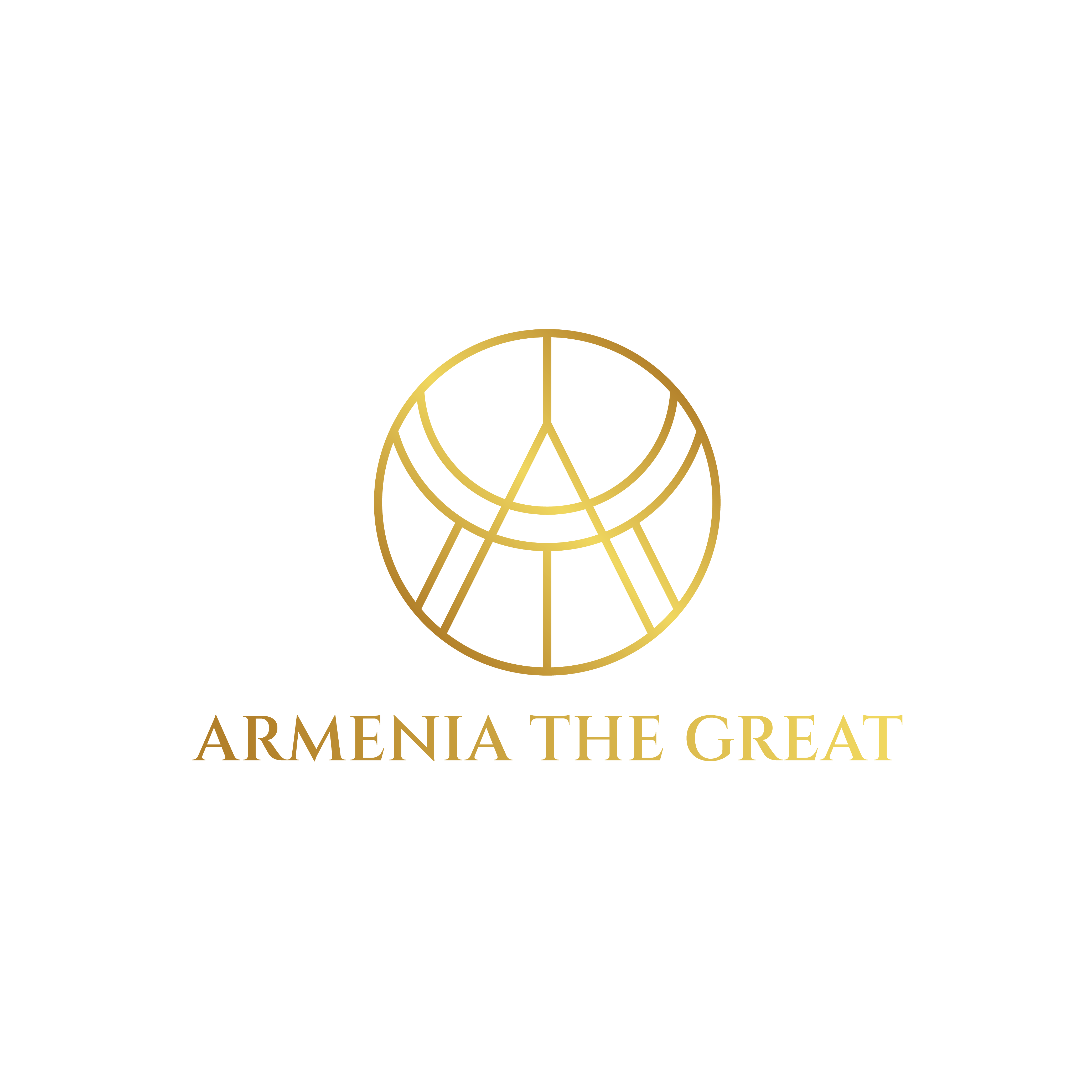This medieval Armenian architectural monastery complex is located in the village. Arates, on the banks of the Arates tributary of the Yeghegis River, on top of a hill. The dilapidated complex consists of several chapels, the churches of St. Sion (X century), Surb Astvatsatsin (XI century) and two porch gavits (XIII century). It is assumed that the original structure of the monument was founded in the 7th century, although the oldest mention dates back to the 9th century.
Church of St. Sion – built in the tenth century. It is a single-nave vaulted structure. It has three sacristies: on both sides of the apse and near the north wall.
Church of St. Astvatsatsin (Holy Mother of God) – is located south of the Church of St. Sion. Erected in the 11th century. Compositionally, it is a domed hall with a pair of pilasters.
The first gavit is attached to the western facade of the Church of St. Astvatsatsin. This is the most remarkable building of the complex. Erected by the architect Siranes in 1270. Among the customers and builders, the monk Airapet, Grigorik, Stepanos are mentioned. The overlapping of the gavit is carried out by a peculiar form of intersecting arches. From north to south from the paired arches to the eastern and western walls stretch for one semi-arch. In the center of the paired arches, on the circumference of the base, a stalactite dome rose. Now destroyed.
The second gavit is located between the churches of St. Sion and St. Astvatsatsin. Erected in the thirteenth century. It is a square structure in plan with a pair of eastern sacristies.
Chapels (5) – built between churches.
The monastery was surrounded by a wall, which was destroyed in the 17th century. Only part of the northern wall has survived. On the territory of the monastery there are khachkars and tombstones of the 10th-17th centuries.
1959-1961 one of the crossed arches was restored (head: K. Kafadaryan). In 1988-1989 The Department for the Protection of Monuments completely took into account, systematized and measured numerous fragments of churches. For the purpose of restoration, design work was carried out.

